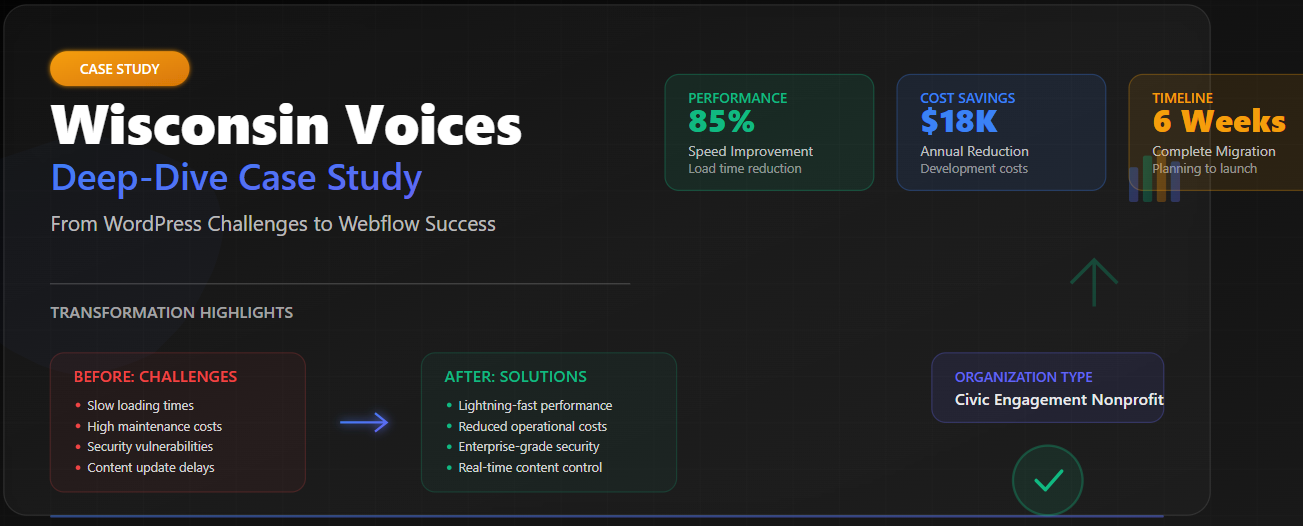A Guide to Understanding the Varied Brand Personas

Branding is all about expressing your company’s personality to attract an audience. But what types of brand personas should you use? From the fun-loving, adventurous archetype to the trustworthy, dependable expert, understanding the different types of brand personalities can help make sure your messaging resonates with customers and helps your business stand out.
Crafting Engaging Content for Each Persona
After determining which type of persona you want to adopt, it’s time to start crafting engaging content tailored to each one. Consistency is key here – plus the more fun and original you can be, the better! Each persona will have its own unique perspective on issues related to their industry, which can be shared through blog posts, social media posts, videos, podcasts and more. Take the time to create content that reflects each individual personality and resonates with your target audience.
To start, think about the traits that each persona exudes. Is one quirky and out of the box while the other is strictly professional? Establishing personality traits will help you determine what kind of content resonates best with each persona. Additionally, consider where they exist online – Twitter or Instagram may be better suited for a quirky personality that tells short stories; LinkedIn offers a more professional platform for a sophisticated brand. Be sure to tailor your content accordingly! Finally, align each persona’s interests and hobbies with what your target audience resonates with in order to strike an emotional response and foster connections between your brand and its customers.
What are the different brand archetypes?
There are many different brand archetypes, each with its own unique personality traits and characteristics.
These include the Sage, the Hero, the Outlaw, the Every person, the Lover, the Caregiver, the Creator, and the Magician.
The Sage is wise and erudite .
The Hero is strong and brave.
The Outlaw is rebellious and non-conformist.
The Every person is relatable and down to earth.
The Lover is passionate and romantic.
The Caregiver is nurturing and compassionate;
The Creator is innovative and imaginative.
The Magician has a mysterious aura to them.
Depending on your industry or message, you can pick an archetype that best represents your brand’s personality for crafting messaging campaigns or content. Knowing which one to embody will help put a face behind your company’s ethos or mission statement.
Once you’ve chosen your brand archetype, it’s important to stay consistent with how you present them. Be sure to craft messaging that is appropriate for the type of persona you have chosen.
For example, a Hero-type persona may not be as effective in communicating concepts that involve deep emotions or complex ideas – that would be better suited for a Sage-type character.
Furthermore, tailor your content and overall branding strategy to this archetype. Social media platforms, colors, and design schematics should all work together to create an engaging and unified message that reflects your brand archetype.
Finally, consider aligning this archetype with the interests of your target audience in order to make an emotional connection between the two. This way, customers will better understand and identify with your brand's mission statement.
How do your brand archetype and personality work together?
A brand archetype and personality can work together to create an emotional connection between a customer and the brand. By carefully crafting your messaging campaigns, content, and branding strategy that reflect a chosen archetype, you will be helping customers to understand the company’s mission statement.
For example, if your company is upbeat and focused on providing solutions for customers quickly – the Hero type may be best suited here; if you want to emphasize trustworthiness and assurance of your services – the Caregiver type may work better here.
It's important to stay consistent with how you present your persona in order to create a unified message as well. If a customer notices inconsistencies between messages or content on different social media platforms or websites using different color schemes, then there is potential for confusion or doubt in their trusting in your company’s message.
Finally, aligning an archetype with the interests of the target audience can help foster connections and provide an emotional response. This way customers will be more engaged and have a better understanding of your mission statement while increasing loyalty toward your brand.
How storytelling establishes a connection with your audience?
Storytelling is an effective way to not only engage customers but also establish a strong connection with them. By telling stories about the brand and its products, services, or initiatives, people can better understand the message behind the company’s mission statement. It reinforces trustworthiness and encourages loyalty among customers. Additionally, it stimulates curiosity and imagination on behalf of consumers. People are naturally interested in stories – it allows them to see how a product works in different scenarios and at different levels. An engaging story allows customers to relate more easily to your company while gaining insight into certain aspects of the messaging that they may otherwise overlook if not presented in a story-like manner. Furthermore, storytelling establishes an emotional response from customers by providing more than just product information – which helps promote customer loyalty over time.
The Importance Of Establishing the Archetype Tone Of Voice With Video Content
Establishing the tone of voice for each brand archetype is essential in ensuring that your video content resonates with your target audience. Take the time to determine which archetype best suits your business – whether it’s a Hero, an Outlaw, or a Sage – and create your messaging campaigns and content accordingly. A great way to embody the personality of the archetype you’ve chosen is through video content. Every customer interaction should adhere to the traits of each persona – from colors used in videos to text and copy used in subtitles - in order to ensure consistency across all platforms. Furthermore, using a certain tone of voice for each persona will help engage viewers and create an emotional response. By employing storytelling techniques within video content, customers can form relationships with the characters presented and foster trust in the company itself. Once an engaging tone of voice has been established, you can use it as a guideline for any other kind of marketing campaigns – such as websites, print ads or social media posts – so that no matter what platform your customers are viewing, they will be able to recognize immediately who is speaking before they even read!
CONCLUSION
By utilizing brand archetypes and crafting content tailored to each one, businesses can create engaging messaging campaigns that establish an emotional connection with customers. Taking the time to craft content for each persona will increase customer loyalty by providing a unified message across all platforms. Additionally, using storytelling techniques in video content allows viewers to form relationships with the characters being presented and helps to foster trust in the company itself. Utilizing videos for specific tones of voice for each archetype serves as a guideline for other marketing campaigns and helps distinguish your brand from competitors. By employing these tactics, businesses can more effectively reach their target audience and establish an effective connection between their brand and its customers.

Best ChatGPT Prompts Written by AI for AI


The Best Times To Post On Social Media





.jpg)


.jpg)
.jpg)
.jpg)


.webp)




















.png)

.png)





.png)




.png)



























.png)




















